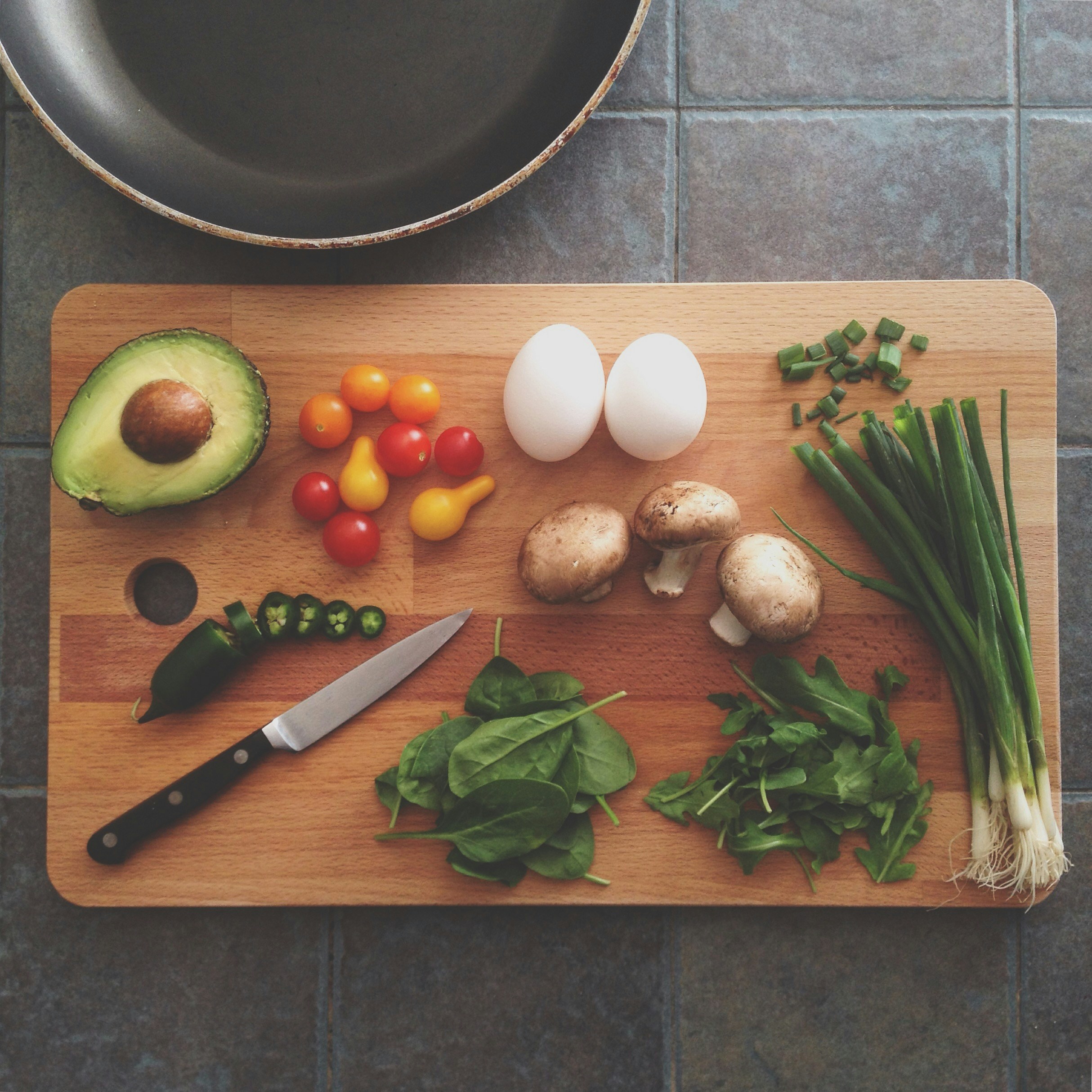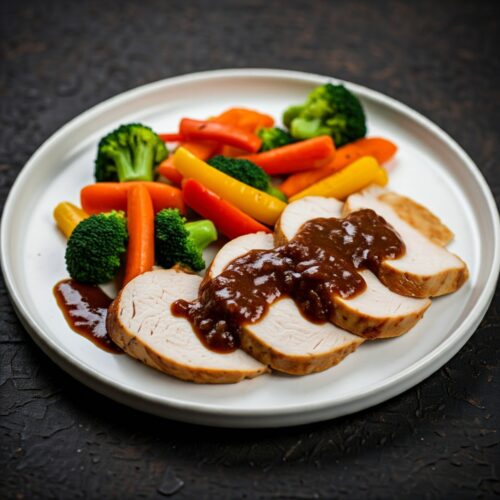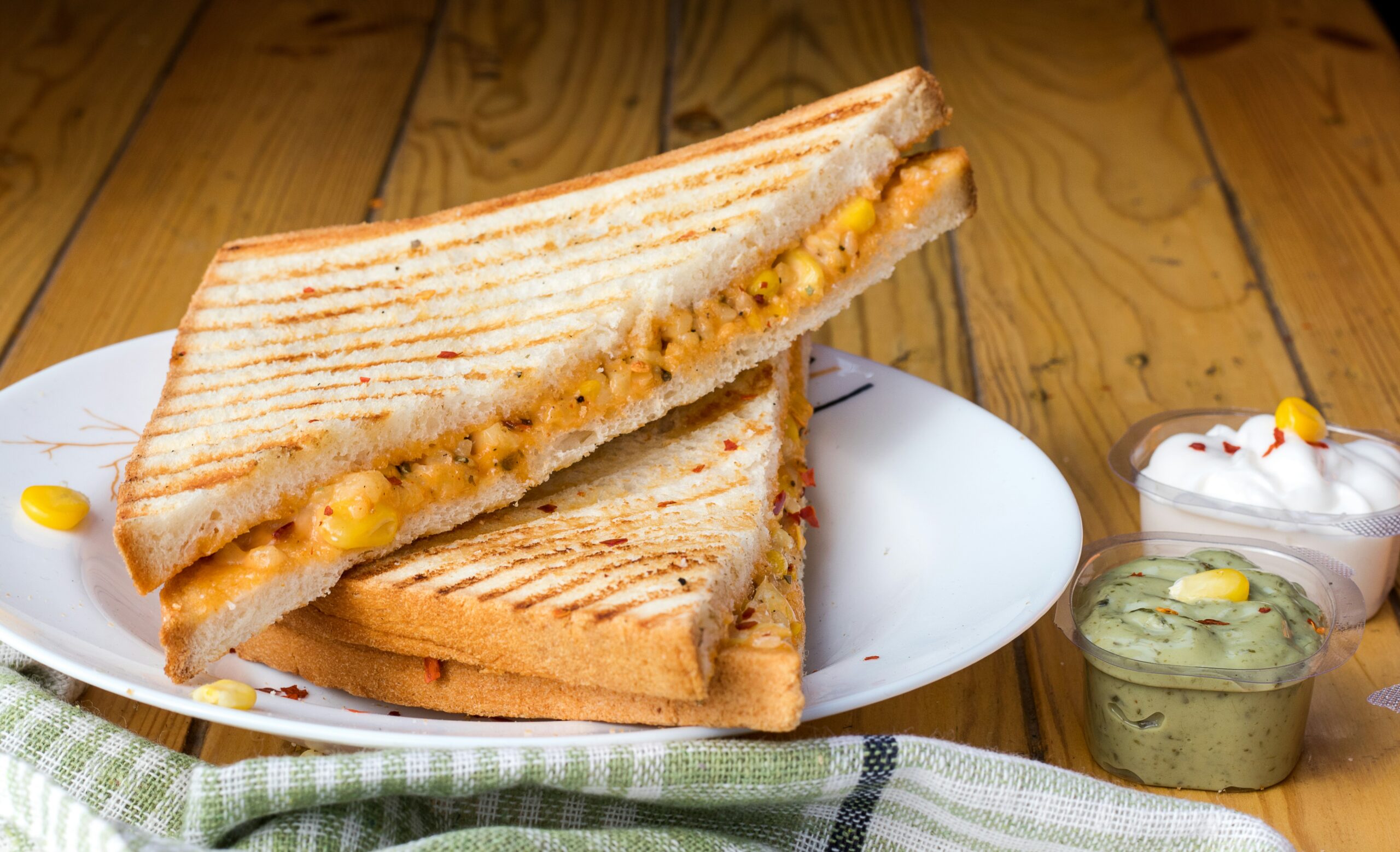Table of Contents
Introduction to Easy Cheese Recipes
Cheese has long been celebrated as a beloved and versatile ingredient in kitchens around the globe. Its ability to enhance dishes with rich flavors and creamy textures has made it a staple in numerous culinary traditions. Whether it is melted, grated, sliced, or spread, cheese is capable of serving as a central character in an array of recipes that are simple yet indulgent, making it a favorite for home cooks. The beauty of cheese lies not only in its taste but also in its remarkable adaptability across different cuisines, from the savory tacos of Mexico to the delicate soufflés of France.
Incorporating cheese into everyday meals is not only easy but can also transform ordinary dishes into something extraordinary. From a classic grilled cheese sandwich to a luxurious cheese fondue, the possibilities are endless. The minimalist nature of many cheese recipes invites creativity, allowing both novice and experienced cooks to experiment without overwhelming preparation time. A sprinkle of grated cheese can elevate a simple pasta dish, while a rich cheese sauce can make steamed vegetables a delight. This approach to cooking encourages individuals to view cheese not merely as an accompaniment but as an integral part that enhances the overall dining experience.
As we delve deeper into the world of easy cheese recipes, readers will find a range of dishes that highlight cheese’s indulgent qualities while remaining practical for home cooking. With just a few ingredients and some basic techniques, anyone can create dishes that impress family and friends. These recipes serve as a testament to the fact that cheese can turn simple ingredients into comforting meals, inviting everyone to explore the delightful world of cheese in their kitchens.
Classic Grilled Cheese Sandwich
The classic grilled cheese sandwich is a quintessential comfort food that has delighted palates for generations. This delectable dish typically involves the harmonious combination of bread and cheese, which melts beautifully when grilled. To create the perfect grilled cheese sandwich, one must choose the right ingredients, starting with the bread. A hearty sourdough or a classic white bread provides a sturdy base that can achieve the desired crispy crust. Each type of bread has distinct characteristics that complement the melting cheese; sourdough offers a tangy flavor, while white bread gives a light, airy texture.
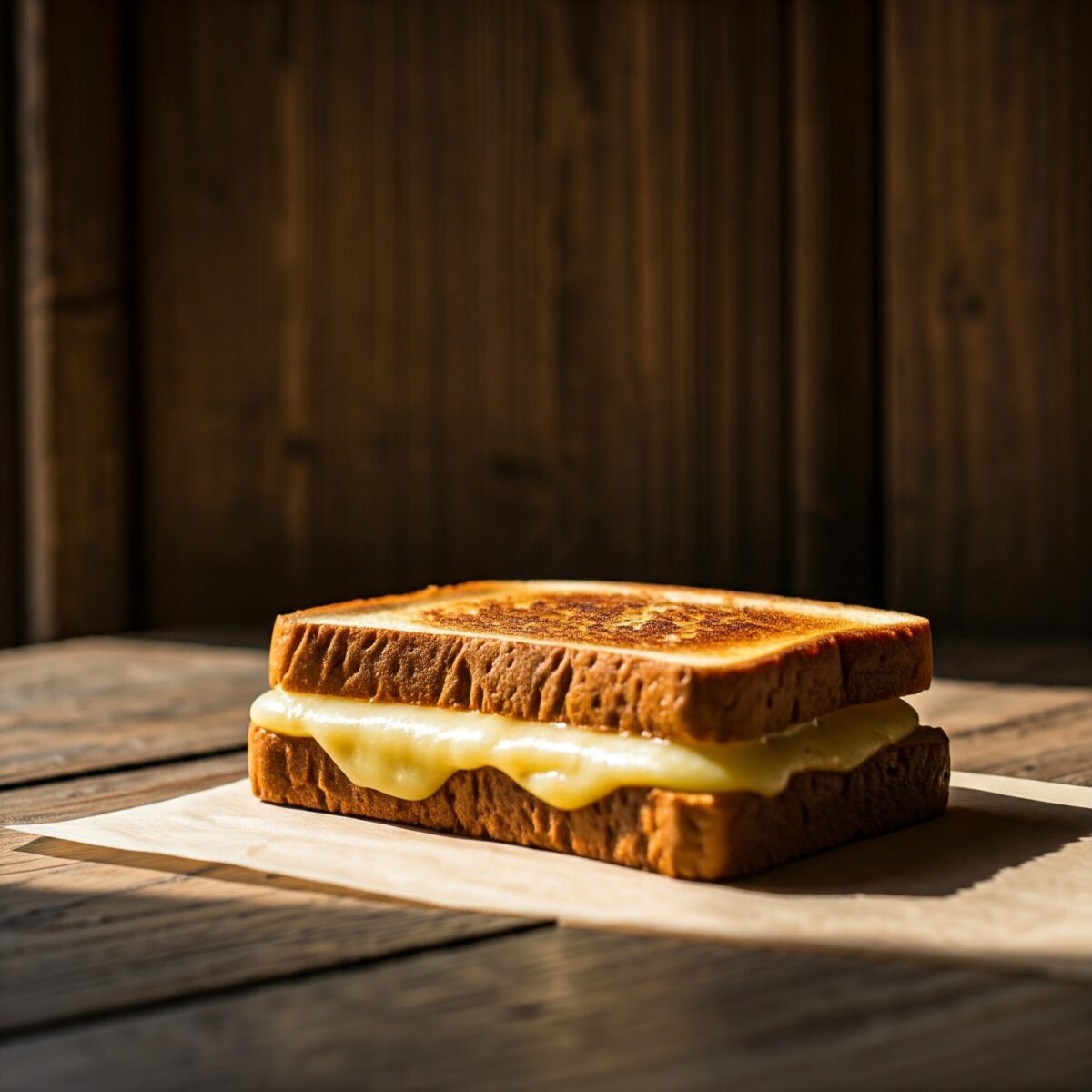
When it comes to cheese, American cheese is often favored for its excellent melting properties. However, experimenting with other varieties such as sharp cheddar, Gruyère, or mozzarella can bring depth to the flavor. For those seeking a richer taste, consider using a blend of cheeses to elevate this traditional recipe further. Crafting the ideal grilled cheese involves more than just combining bread and cheese; achieving the perfect crispy crust is crucial. Heating a skillet over medium heat and using a generous amount of butter ensures the bread soaks up the right amount of fat, facilitating a golden-brown exterior.
Additionally, one can enhance the classic recipe by incorporating ingredients such as tomatoes or crispy bacon, leading to delightful variations that cater to diverse tastes. The nostalgic appeal of the grilled cheese sandwich resonates deeply within cultural contexts, often associated with childhood memories and simple pleasures. Whether enjoyed as a solo snack or paired with a warm bowl of tomato soup, this timeless dish captures the essence of comfort food. The classic grilled cheese sandwich continues to be a beloved staple, offering countless opportunities for both culinary creativity and heartfelt reminiscence.
Homemade Mac and Cheese

Homemade mac and cheese is a classic dish that many enjoy for its creamy texture and rich flavor. Making it from scratch can provide a superior taste experience compared to store-bought boxed versions. To prepare this comforting meal, you will need a few essential ingredients along with optional add-ins to elevate the dish further.
For the base recipe, gather the following ingredients: elbow macaroni, milk, butter, all-purpose flour, and a selection of cheese such as cheddar, Monterey Jack, or Gruyère. Typically, a combination of sharp and mild cheeses can create a harmonious balance of flavors. First, start by boiling the macaroni according to package instructions until al dente. Meanwhile, prepare the cheese sauce by melting butter in a saucepan, followed by whisking in flour to create a roux.
Gradually add milk to the roux, stirring continuously to avoid lumps. Once the mixture thickens, incorporate the cheese until melted and smooth. You can further season the sauce with salt, pepper, and a pinch of mustard powder for an extra flavor kick. Now combine the cooked macaroni with the cheese sauce, ensuring an even coating.
To enhance your homemade macaroni and cheese, consider optional ingredients such as breadcrumbs for a crunchy topping, sautéed vegetables like spinach or broccoli, or proteins such as diced ham or cooked chicken. For those who enjoy spice, a dash of hot sauce or red pepper flakes can add an exciting dimension. Moreover, experiment with different cheeses, like blue cheese or pepper jack, to create unique variations.
Finally, for added texture, you may choose to bake your macaroni and cheese in the oven at 350°F (175°C) for about 20 minutes to achieve a delectable, crispy topping. Enjoy your homemade creation that is tailored to your taste preferences, making it a delightful meal for any occasion.
Cheesy Garlic Bread
Cheesy garlic bread is a cherished side dish that captivates the taste buds with its delightful combination of garlic, cheese, and crisp bread. Achieving the perfect balance of flavors requires a simple yet effective homemade garlic butter recipe, which serves as the foundation for this crowd-pleaser. To create the garlic butter, blend softened unsalted butter with minced garlic cloves, a dash of salt, and freshly chopped parsley for a touch of freshness.
For preparation, begin by selecting a sturdy loaf of bread, such as a French baguette or Italian ciabatta, to ensure the slices can hold the generous amount of toppings. Slice the loaf in half lengthwise and then generously spread the prepared garlic butter over each half. Finish by covering the garlic butter evenly with a mix of shredded mozzarella cheese and grated Parmesan for a marvelous cheesy effect.
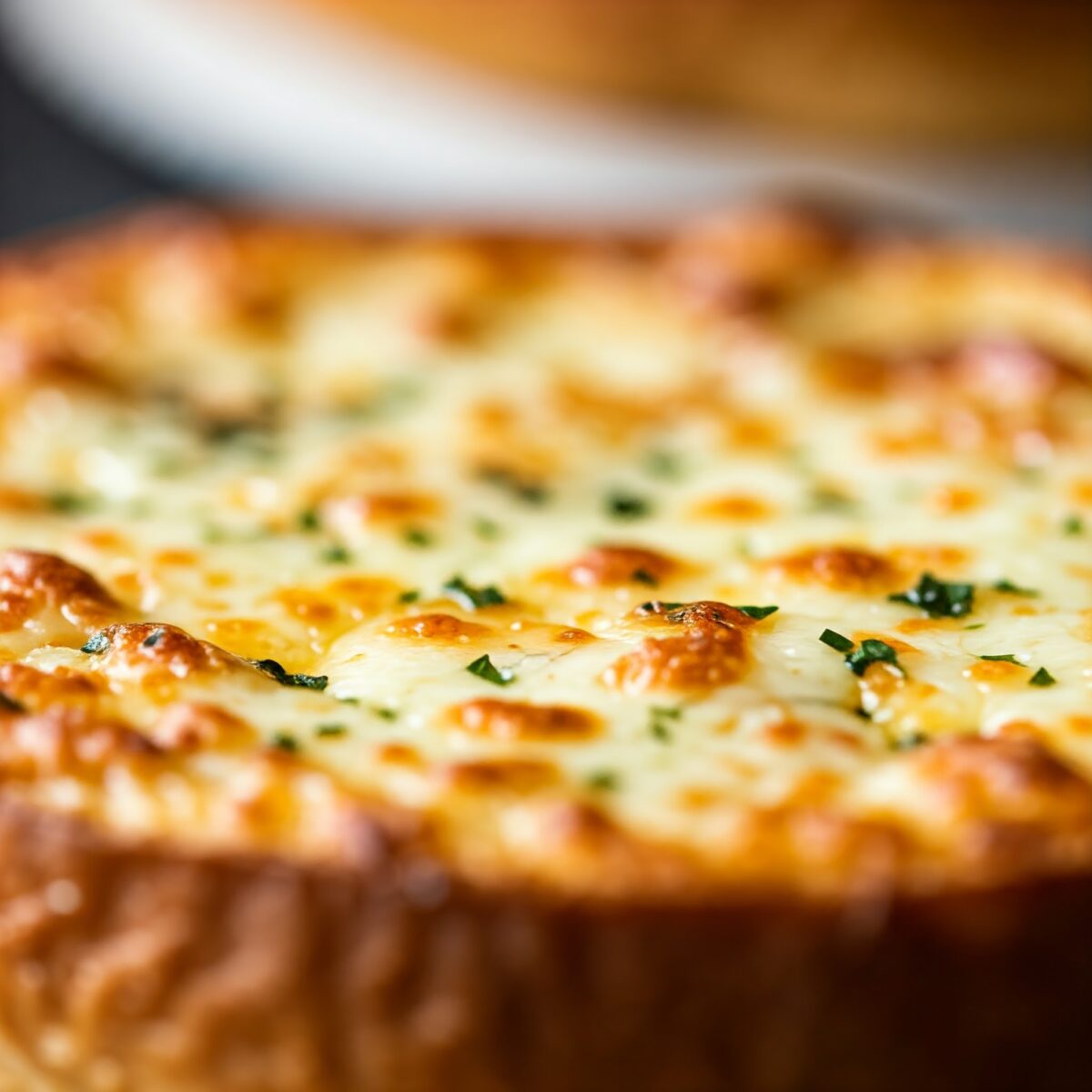
Baking is a crucial component in achieving a crispy yet tender result. Preheat the oven to 375°F (190°C) and place the cheesy garlic bread on a baking sheet. Bake for about 10-15 minutes or until the cheese is bubbly and the edges of the bread are golden brown. For an even more indulgent experience, consider broiling the bread for the last 1-2 minutes to create an irresistible crispy topping. However, keep a close watch to prevent burning.
To elevate the dish further, there are numerous variations to explore. Incorporating different herbs, such as oregano, basil, or thyme, can add a unique twist to the flavor profile. Alternatively, placing tomato slices atop the cheese before baking provides a refreshing contrast, enhancing the overall taste of the cheesy garlic bread. This versatile side dish is not only easy to prepare but also allows for creativity, ensuring it can be customized to suit a wide range of palates.
Cheese-Stuffed Meatballs
Cheese-stuffed meatballs present a delightful twist on a classic comfort food. Not only are they juicy and flavorful, but they also offer a surprise element with molten cheese at their center. When selecting cheese for stuffing, options such as mozzarella, provolone, or cheddar are particularly popular due to their excellent melting qualities. Additionally, a combination of cheeses can enhance the flavor profile, providing richness to the meatball experience.
To embark on creating these savory meatballs, start with a basic recipe. Begin by mixing one pound of ground beef or turkey with half a cup of breadcrumbs, one beaten egg, two cloves of minced garlic, and a teaspoon of dried oregano or basil for added flavor. Season the mixture generously with salt and pepper. Take a handful of the meat mixture and flatten it in your palm, placing a cube of cheese, approximately one ounce, in the center. Carefully fold the meat around the cheese to form a spherical shape, ensuring that the cheese is completely encased. Repeat this process until all the mixture is used.
When it comes to cooking, there are two popular methods: baking or frying. For baking, preheat your oven to 400°F (200°C) and arrange the meatballs on a baking sheet lined with parchment paper, baking for 20-25 minutes until browned and cooked through. Alternatively, for a crispier exterior, fry the meatballs in a pan over medium heat for about 5-7 minutes on each side until golden brown. Regardless of the cooking method, ensure that they reach an internal temperature of 160°F (70°C) for safety.
Serving suggestions include placing the cheese-stuffed meatballs over a bed of pasta tossed in marinara sauce, or presenting them as appetizers with a side of dipping sauce. The versatility of cheese-stuffed meatballs allows them to be enjoyed in various culinary contexts, ensuring they can enhance any meal or gathering.
Cream Cheese Stuffed Mushrooms
Cheese and herb stuffed mushrooms are a delicious and versatile appetizer that can elevate any gathering. These bite-sized treats combine the earthiness of mushrooms with the richness of various cheeses, offering an exquisite taste experience. When selecting mushrooms, opt for larger varieties such as cremini or portobello, as their size allows for ample stuffing and results in a more substantial appetizer.

For the cheese component, there are several varieties that can work exceptionally well. Cream cheese offers a smooth texture and acts as a wonderful base, while mozzarella adds a delightful stretch. Goat cheese introduces a tangy flavor, and parmesan can provide a savory kick. Combining these cheeses not only enhances the dish’s richness but also offers a complex flavor profile that pairs wonderfully with the mushrooms.
Herbs further complement the cheesy filling, infusing the mushrooms with vibrant flavors. Fresh herbs like parsley, thyme, or basil can elevate the dish significantly. For a bolder taste, consider adding chopped chives or rosemary. Mixing these herbs into the cheese filling allows their aromas to permeate the dish, creating a delightful culinary experience.
Preparation is straightforward. Begin by preheating the oven to 375°F (190°C). Clean the mushrooms and gently remove the stems. In a bowl, mix your chosen cheeses with the finely chopped herbs, a clove of minced garlic, and a pinch of salt and pepper to taste. Spoon this mixture into the mushroom caps, ensuring they are generously filled. Place the stuffed mushrooms onto a baking sheet and drizzle with olive oil for added richness. Bake for 20-25 minutes, or until the mushrooms are tender and the cheese is bubbly.
When serving, consider garnishing the stuffed mushrooms with additional fresh herbs and a sprinkle of grated cheese for an elegant presentation. These cheese and herb stuffed mushrooms are not only visually appealing but also provide an unforgettable flavor, making them a perfect choice for any occasion.
Tips for Working with Cheese
Incorporating cheese into culinary endeavors can enhance flavors and textures significantly. However, selecting the correct type of cheese for a recipe is essential for achieving the desired outcome. Different cheeses possess unique melting points and flavors; for example, mozzarella and fontina are excellent for melting, making them ideal for dishes like pizza and fondue, while harder cheeses like Parmesan are better suited as toppings or for grating. When choosing cheese, consider both the intended use and the flavor profile of the dish.
Storage is another crucial aspect of working with cheese. To maintain its freshness, cheese should be stored in the refrigerator, ideally wrapped in wax paper or parchment to allow the cheese to breathe while preventing it from drying out. Avoid plastic wrap, as it can trap moisture and foster mold growth. It is also beneficial to keep cheese in an airtight container once unwrapped to preserve its quality and prevent odors from permeating the fridge.
When it comes to melting cheese, preventing clumping and burning is key. Shredded cheese often melts more evenly than blocks since it has a larger surface area. For recipes requiring melted cheese, consider tossing the shredded cheese with a small amount of cornstarch or flour to help prevent clumping. When heating cheese, apply low and slow heat, whether on the stovetop or in the oven, to avoid scorching. If a recipe requires a creamy sauce, adding a bit of milk or cream can help achieve a smooth consistency without burning.
Lastly, it is worth exploring the diverse range of cheeses available. From sharp cheddars to creamy bries, the possibilities are vast. Experimenting with different types of cheese can lead to delightful discoveries and elevate everyday meals, making each culinary creation uniquely enjoyable.
Pairing Suggestions for Cheese Dishes
When it comes to enjoying cheese dishes, choosing the right pairings can significantly enhance the overall experience. The interplay of flavors, textures, and aromas can elevate a simple cheese recipe into a memorable culinary delight. One of the most popular accompaniments to cheese is crackers, but the selection process requires careful consideration of the cheese type.
Additionally, incorporating a variety of side dishes can further enhance the cheese experience. Serving cheese alongside fresh fruits like pears, apples, or grapes adds a refreshing sweetness that contrasts well with savory flavors. Nuts, particularly almonds and walnuts, provide a crunch that can also add depth to the overall texture of the meal.
Sauces can play a vital role in complementing cheese dishes. For example, a drizzle of honey can enhance the flavors of a cheese platter, while fig or berry preserves introduce a delightful sweetness. Creating a cheese board that incorporates various cheeses, fruits, nuts, and a selection of crackers can offer an exciting exploration of flavors for you and your guests. With careful pairing, every cheese recipe can be transformed, allowing you to enjoy a well-rounded meal that accentuates the unique qualities and characteristics of the cheese.
Conclusion: Embracing Cheese in Your Cooking
As we reach the end of our exploration into cheese recipes, it is clear that cheese can elevate any dish, bringing richness and flavor to our culinary experiences. Whether you are a novice in the kitchen or an experienced cook, these ten easy cheese recipes offer an opportunity to infuse creativity and joy into your meals. Each recipe serves as a canvas, allowing you to experiment with various cheeses and ingredients, ultimately tailoring them to your preferences.
Engaging with cheese in your cooking invites an exploration of textures and tastes, from the creamy smoothness of mozzarella to the sharp bite of aged cheddar. Cheese has the unique ability to bring people together, making meals memorable occasions for family gatherings or friendly get-togethers. By incorporating these recipes into your cooking repertoire, you not only sharpen your culinary skills but also create a delightful atmosphere where food becomes an expression of love and creativity.
We encourage you to share your culinary adventures as you try out these cheese recipes. Have you added a personal twist or discovered a new combination that enhances the dish? Your experiences can inspire others within our community of cheese enthusiasts. Engaging with others about your variations serves as a means to celebrate the versatility of cheese and to bond over shared culinary experiences.
So, gather your loved ones, roll up your sleeves, and embrace the joy of cooking with cheese. The satisfaction derived from creating tasty dishes and sharing them with those around you is a rewarding aspect of food preparation. As you dive into these recipes, may you find a renewed passion for cheese and a robust sense of community through your shared love for this versatile ingredient.

